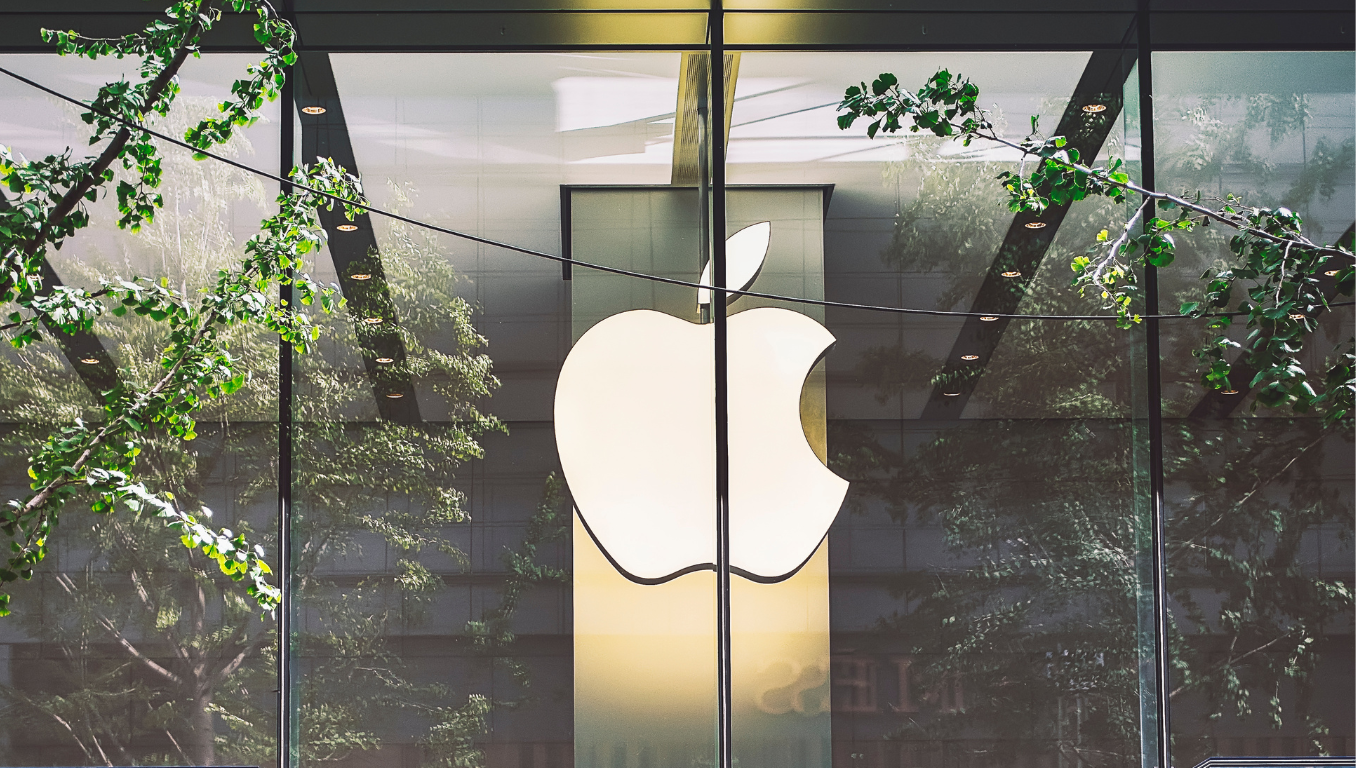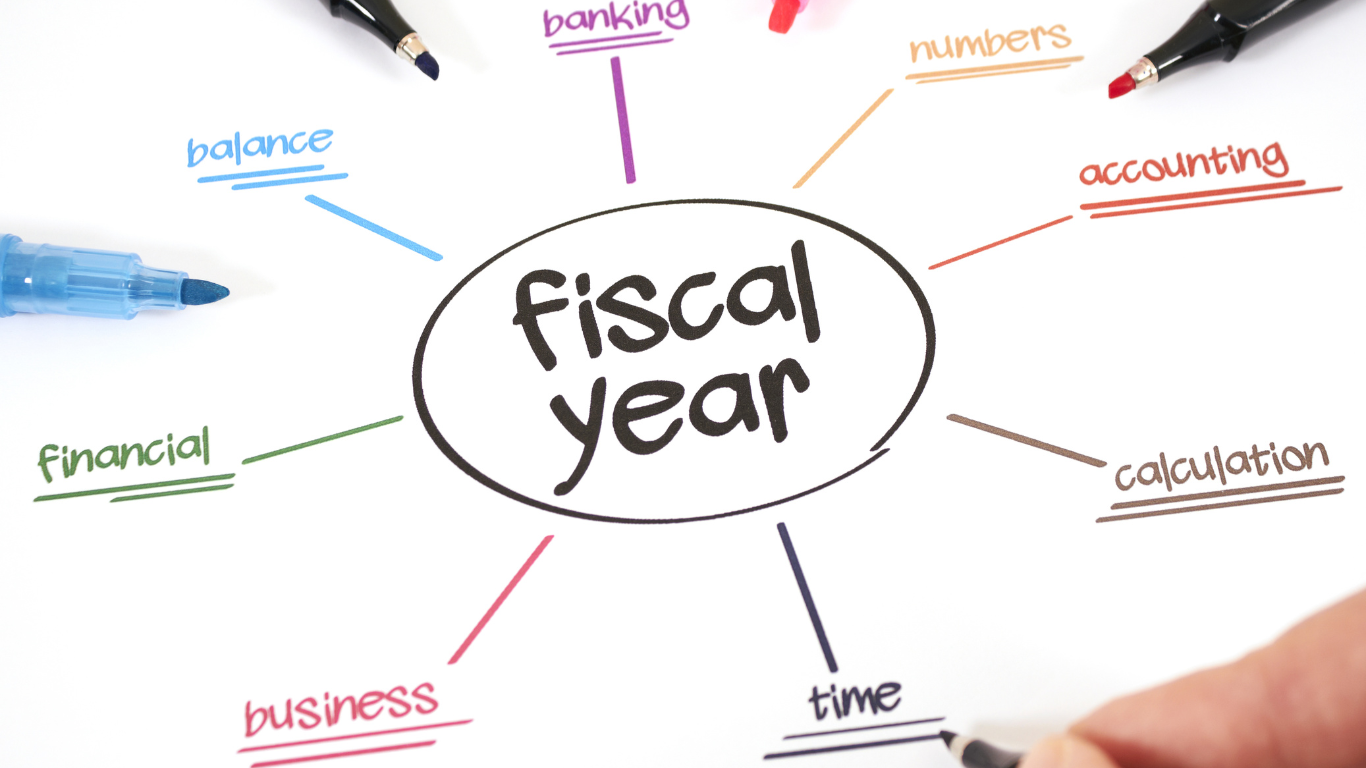Apple Pays Developers
 Max Kleykens
Max Kleykens
The financial relationship between Apple and its developers is pivotal, impacting everything from app sustainability to the broader digital economy. Apple’s payout schedule and fiscal year structure play an essential role for developers relying on timely payments to fuel app growth, optimize financial planning, and reinvest in their projects.

Understanding the Apple fiscal year and its relevance to the payout process helps developers align financial expectations, avoid cash flow disruptions, and make informed budgetary decisions.
Apple’s Developer Payment Structure and Timeline
Apple provides developers with earnings from app sales, in-app purchases, and subscriptions through a structured monthly payment system. This system allows for predictable, albeit infrequent, payment cycles that are consistent within the Apple ecosystem. Payouts are generally processed 33 days after the end of the month in which the revenue was generated. For example, if you earned revenue in January, you would likely see that payment processed in early March.
The monthly schedule allows developers to plan for periodic inflows but presents unique challenges for those who need consistent weekly or bi-weekly cash flows. Many developers choose to supplement this with other revenue streams, adjusting their financial strategies to Apple’s rhythm.
👉To dive deeper into Apple’s payout structure and maximize your app’s revenue, refer to our detailed article on the Apple fiscal year and developer payout schedule.
Importance of the Apple Fiscal Year
Apple operates on a fiscal year different from the traditional January-to-December calendar. The Apple fiscal year begins in October and runs through September of the following year. For developers, understanding this structure can aid in aligning app release strategies and revenue projections with Apple’s operational schedule, helping maximize potential earnings in critical periods.
The fiscal year also aligns with Apple’s major event and release cycles, such as the annual iPhone release in September. Many developers choose to coordinate new app releases or major updates with these cycles to capitalize on increased consumer engagement and visibility in the App Store.
“Synchronizing app updates with Apple’s product release cycles has become an industry best practice, helping developers capture user interest during high-traffic periods.”
Managing Revenue Variability as a Developer
Working with Apple’s payout system requires developers to adopt flexible budgeting and cash flow management strategies, as the monthly payout frequency can sometimes conflict with ongoing operational expenses. Effective revenue management often includes:
Budgeting for Gaps: With payments arriving monthly, developers can anticipate occasional cash flow lulls and plan expenses accordingly.
Tracking In-App Purchases and Subscriptions: These can drive consistent revenue, so analyzing trends in user behavior and recurring purchases can help predict future earnings more accurately.
Leveraging Apple’s Payment Insights
Apple provides revenue insights through the App Store Connect portal, enabling developers to track app performance metrics, download counts, and in-app purchase trends. These insights are crucial for making informed financial and marketing decisions.
By regularly reviewing these insights, developers can refine in-app strategies, explore seasonal trends, and identify peak revenue periods. For example, many app categories, such as fitness or productivity apps, often see increased downloads at the beginning of the year, when users are motivated by New Year’s resolutions.
Key Factors Influencing Developer Payments
Several elements can influence the exact timing and amount of each payout:
Currency Conversions: Apple processes payments in the developer’s local currency, which can introduce variability if the exchange rate fluctuates significantly from the time the revenue was earned to the time it’s processed.
Country-Specific Regulations: In certain regions, additional regulatory or tax compliance checks can impact the timing or amount of payouts.
Revenue Share Model: Apple takes a 30% commission on in-app purchases and subscriptions during the first year, reducing it to 15% for subscriptions after the first year under the App Store Small Business Program, which can influence net earnings.
Strategies for Maximizing App Revenue
Given the commission structure and payout schedule, developers benefit from adopting strategies that maximize in-app revenue potential:
Focusing on Retention: Subscription-based apps can maximize long-term value by focusing on user retention and renewal rates. Apps with strong retention reduce the churn rate, increasing the likelihood of recurring revenue.
Implementing A/B Testing for Paywalls: Testing various paywall designs, copy, and pricing options helps identify what resonates best with users and encourages conversions.
“The most successful apps optimize every element of the user experience, from the onboarding process to the subscription flow, ensuring that users see value in their purchase.”
Table: Comparison of Payment Schedules Among Major Platforms
| Platform | Payment Frequency | Revenue Share | Payment Processing Time |
| Apple App Store | Monthly | 70/30 (15% for second-year subscribers) | 33 days post-revenue month |
| Google Play | Monthly | 70/30 | Within 45 days |
| Amazon Appstore | Monthly | 70/30 | 30-45 days |
| Samsung Galaxy Store | Monthly | 70/30 | End of following month |
👉Read more: Apple Fiscal Year
Conclusion
Navigating Apple’s payout system can initially seem challenging, but with a strong understanding of the Apple fiscal year and revenue schedule, developers can strategically align their business practices for maximum benefit. Managing cash flow efficiently, focusing on user retention, and leveraging paywall optimization techniques are all critical for long-term success.
Subscribe to my newsletter
Read articles from Max Kleykens directly inside your inbox. Subscribe to the newsletter, and don't miss out.
Written by
